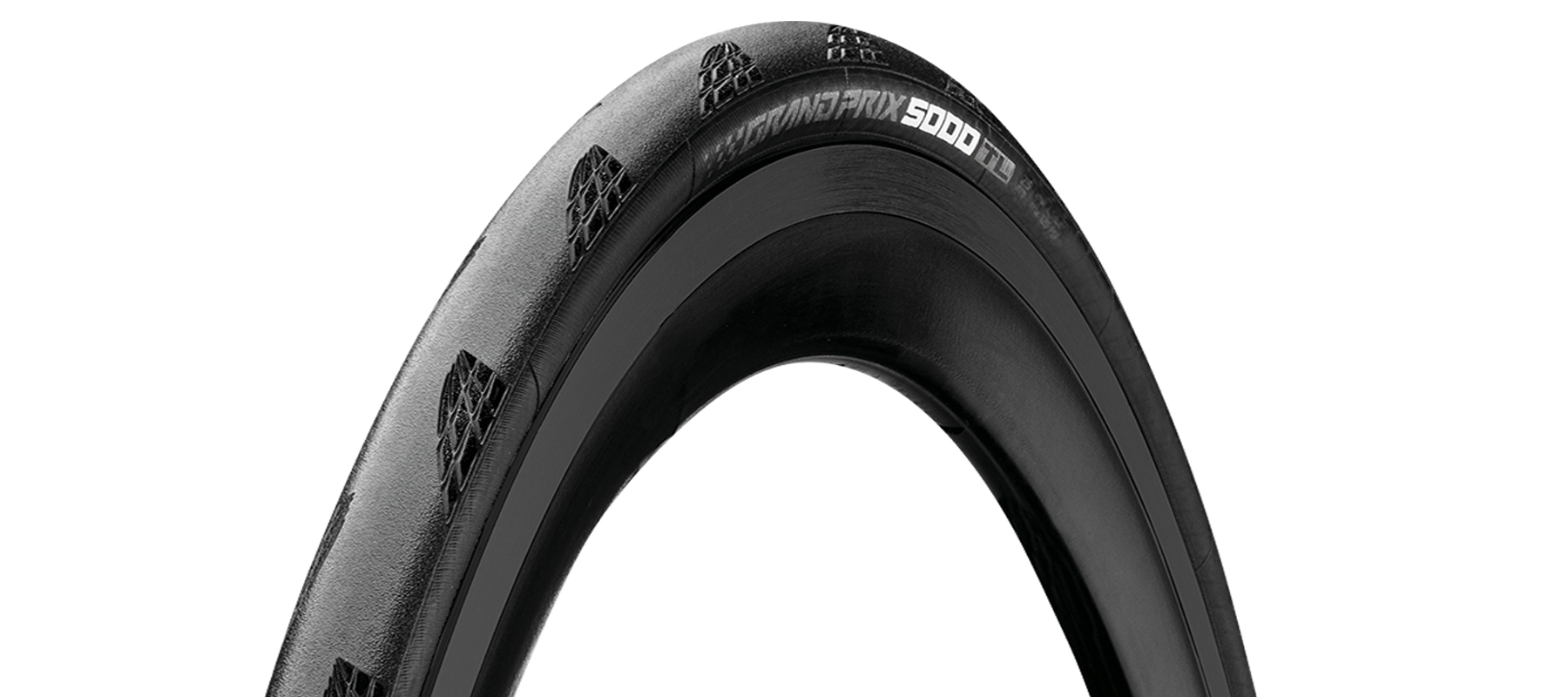Whose benefits are clear. With the help of clinkers, tires are easy to set up, and repairing cracks is as easy as replacing or repairing an inner tube. Professional runners, hobbyists, and mountain bikers love tube-shaped weight loss kits that help save weight by looking at the tires directly.
However, both have their drawbacks. The clutches' installations carry more weight than their tubular tubes, while the tubular nature of the tires means replacing the tires after a puncture - a long and elongated process. In fact, it is only because neutral services and control cars are almost always present in the race that the ready to replace the steering wheel is, at times, notably in the case of flats where ducts are almost always popular at the level. The highest.
But what about the third option: no pipe? In recent years, pipe technology has been gaining momentum in the cycling industry, and more and more cyclists are beginning to switch - but what is difficult and which steps should we take?
Tubeless technology relies on this shoulder to allow the tire to "sit" more securely in the case of clamp clamps.
The tube-ready wheels will not have a rear groove on the barn, which enhances the reliability of the bearing in March and provides tight sealing along with the specific valve of the pipe. Wheels that can be used with a spokesperson for speech require a groove or groove to push the tire without the hose.
Tire without tubing
Compatible wheels work in wheels with tubeless tires designed specifically to create an excellent seal that can withstand the pressure - generally up to 110-120p on the road wheels.
"The tire has a solid bead (which uses the bolts) to ensure a fast and accurate sealing," says the Wabbard manufacturer.
"Because of the high inflationary pressure needed for road tires, it is impossible to convert tires into cloned tires without tubes, without the reason that regular tires will not be able to withstand high external pressures and tires will "It would definitely appear to be using only tires that are designed for wireless mounting."
What are the benefits?
Frankly, fans of the no-tubes have said that tubing installation offers benefits in a number of key areas that are important to road cyclists: speed, comfort, grip, and hole protection.
Because of a lack of inner tubes, it is crucial for faster correction.
Markment "If the clone clone of tubes inside it has a degree of friction between the tire and tube, it stressed. "Removing the tube removes the friction, reducing the entire roll resistance."
To clarify this point Schvalbe was told that the One Tubeless tires fastest. Pipeline installation without pipe also eliminates the clinging of housing because there is no inner tube, which can be pressed against the rib means tires without tubes can be performed at a lower pressure than the equivalent clips.
"Tubeless tires can be used with low inflation pressure without compromising performance," says Tailor. "It brings comfort advantages more clearly, as well as management.
At the same time, the system pipelines without tubes provide protection cracks reduce the risk of explosion and the loss of a separate tube or pipe valve is canceled completely.
The false pipe installation also saw a tire filled with liquid during installation. It helps prevent the rubber like a sponge or small glass before the pressure loss.
Tailor "sealing liquid is used inside the tire to seal a new discovery for milliseconds.
If you are draining wheels and tires without tubes, you can use standard inner tubes, and Schvalbe always recommends wearing them just in case.
However, the tide is slowly returning. The tire choice is still limited, although Brooklyn garage Hap Hudson Nara syringes and Silva are some manufacturers who offer no alternative pipelines. With wheels, there are many options from wheels available for the best carbon wheels. In fact, if you bought a bicycle within the last few years, it's a good chance that there might be a wheel not fit the tube.

However, the industry as a whole can not be used.
Are there any weaknesses in the pipeline technology?
Not all brands are believed to never-ending road. Continental, a leading tire manufacturer in the world has recognized openly expressed doubts about the technology, arguing that the benefits for the use of roads is limited at best.
As pointed out by Continental Ben Benokok Products: "With mountain bikes, bicycles and gravel rides, people tirelessly ride to increase offshore. Low pressure creates a wider step and thus more contact area. .
"You get more contractions and determine the risk of blockage, as compared to the use of clichés, where it can lead to low pressure and high impact tires. In our view, these benefits are not No way on asphalt ”.
Blaurock argued that Continental found significant manufacturing advantages in implementing technology pipeline, it will remain in the production of tires and tubes.
Even if you can not find an inner tube installed in the pipeline, he said Blaurock extra material needed for the wheel and tire tubes can increase the total weight of the system, so you want to save some tires at Elsewhere and reduced performance.






إرسال تعليق
We’re eager to see your comment. However, Please Keep in mind that all comments are moderated manually by our human reviewers according to our comment policy, and all the links are nofollow. Using Keywords in the name field area is forbidden. Let’s enjoy a personal and evocative conversation.